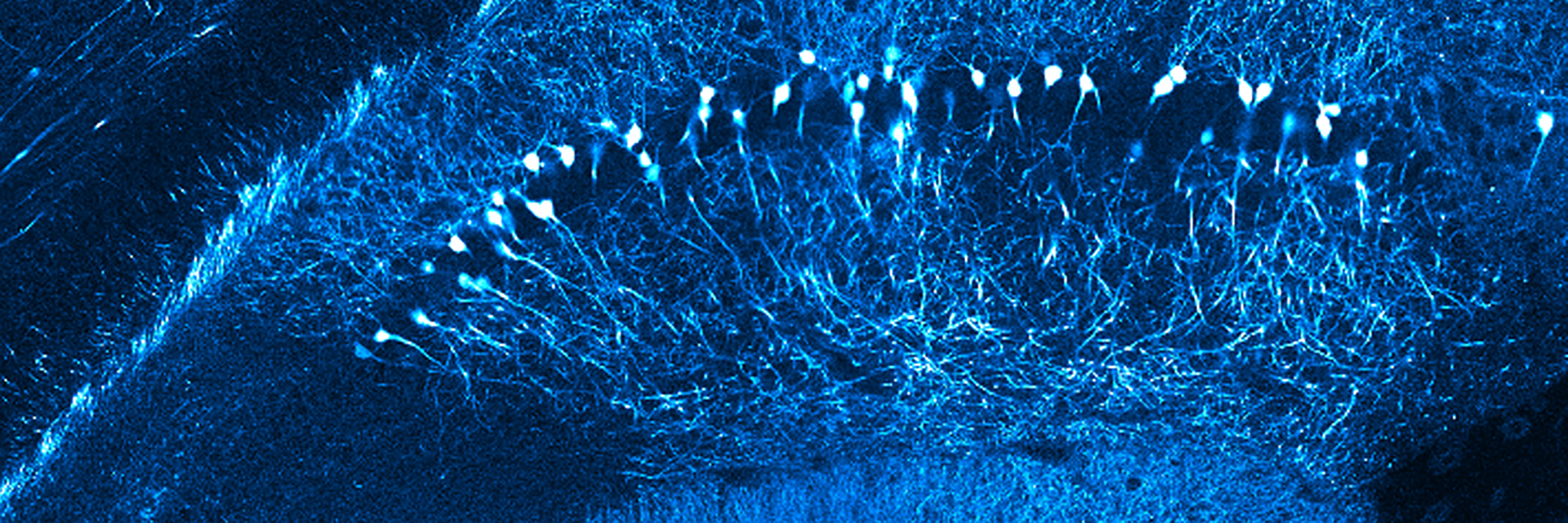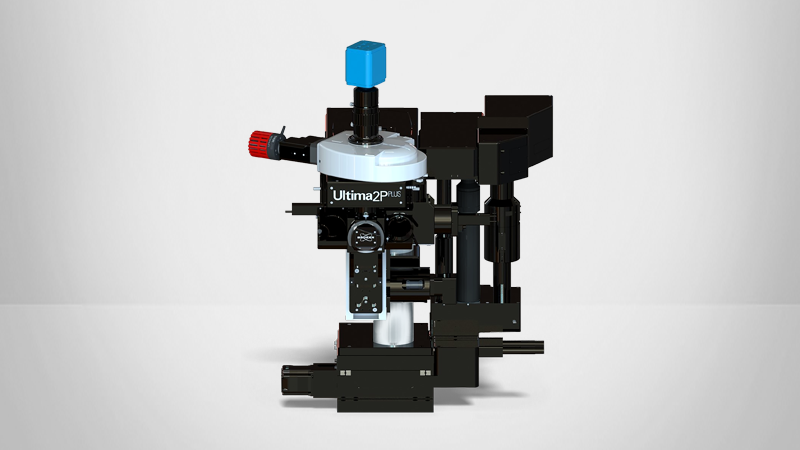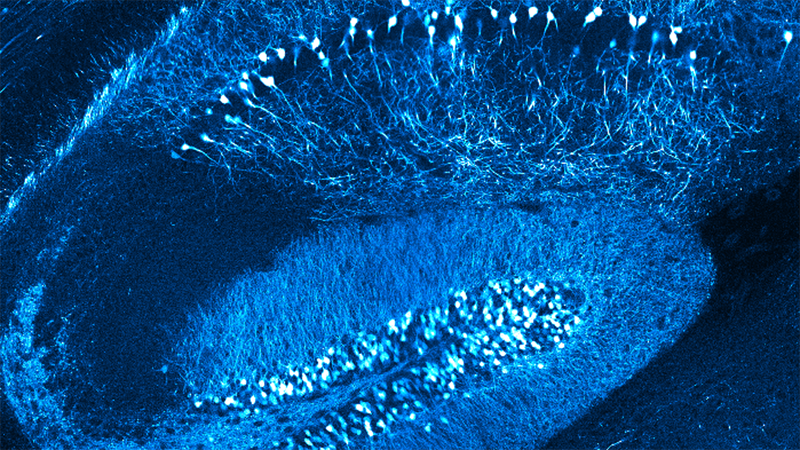

Advances in Multiphoton Imaging and SLM Holographic Stimulation
Multiphoton microscopy techniques for advanced research.
Attendees will gain a better understanding of the working components of a Bruker multiphoton microscope and how it can benefit your research. Recent advancements with ETL for fast focus and SLM for holographic stimulation are providing a large field of view, impressive depth penetration, and enhanced signal-to-noise.
Webinar Summary
Join this webinar to learn about the latest technologies in multiphoton imaging including how simultaneous holographic photostimulation with a spatial light modulator (SLM) can enable experiments in neuroscience, optogenetics, and more. Learn about the advances in the Ultima 2Pplus system with developments in field-of-view (FOV) size, electrotunable lens (ETL) fast focusing, and SLM.
Advances in multiphoton microscopy, both two-photon (2P) and three-photon (3P), have enabled experiments that probe structure and function deep within tissues and live animals. Neuroscience and other biological fields have benefited from signal-to-noise enhancement and the use of longer wavelength photons for even greater depth penetration. Sophisticated experiments with multiphoton now include photostimulation protocols synchronized with fast imaging to understand circuit dynamics. This talk will describe how elements of large FOV imaging, holographic SLM photostimulation, fast liquid lens focusing, and refined software control work together effectively in the Ultima 2Pplus to drive scientific results.
Find out more about the technology featured in this webinar or our other Multiphoton Microscopy solutions:
Featured Products and Technology
Speakers
Jimmy Fong
Product Line Manager
Jimmy is the product line manager for Bruker's multiphoton microscopes with expertise in imaging systems. He has a keen interest in bringing new microscopy technologies to the greater scientific community and has worked tirelessly with his colleagues to achieve this goal. He holds both a Bachelor's and Master's degree in Biomedical Engineering with a Minor in Computer Sciences from the University of Wisconsin-Madison.


